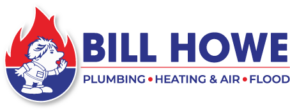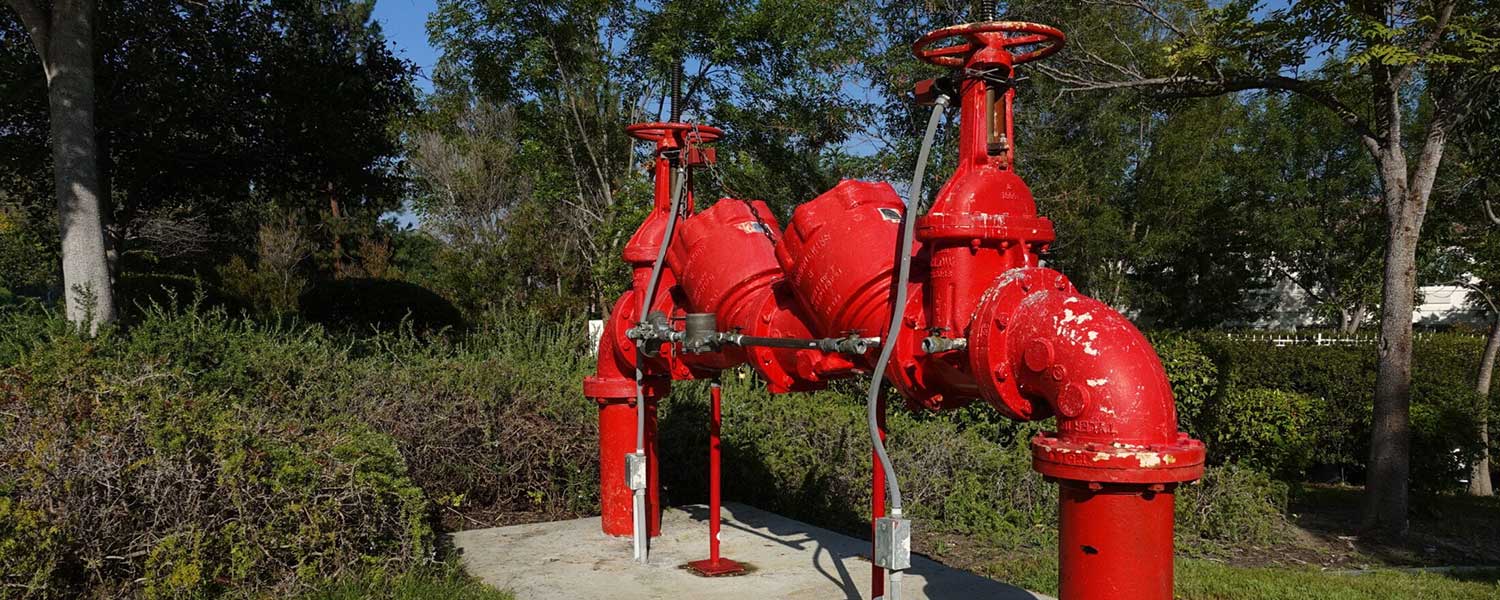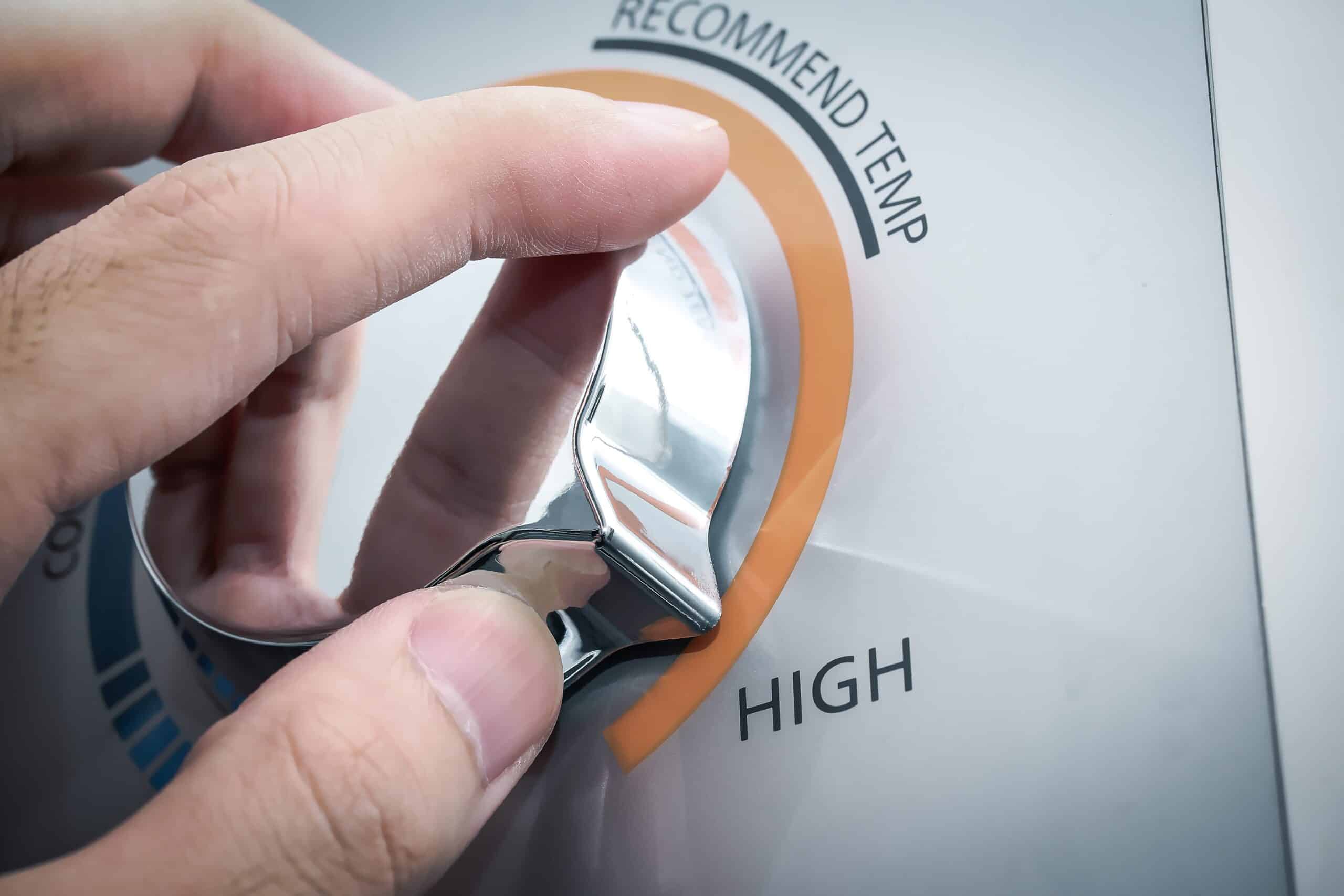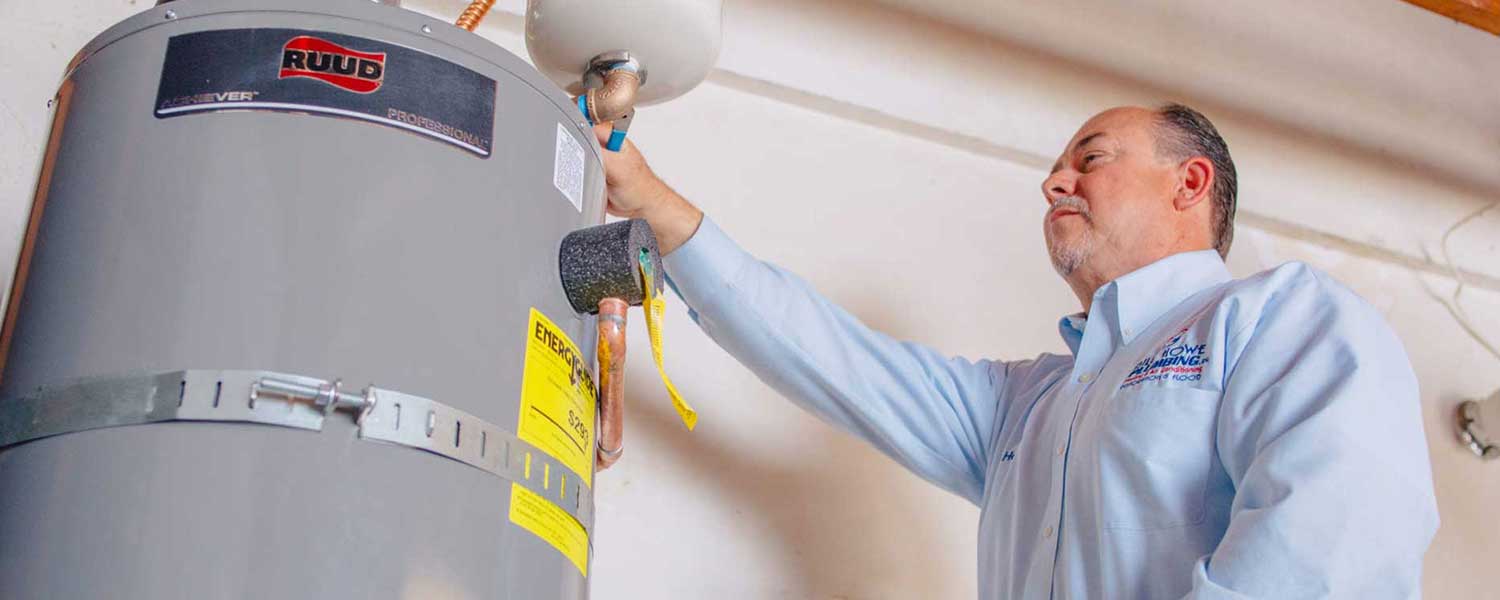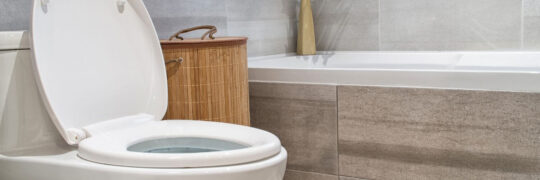Drains become clogged through normal use, abuse to the line, exterior elements, accidental causes, and neglect. Homeowners can take precautions to help eliminate constant backups, but it helps to understand what the main drain blockages causes are and how to prevent clogged drains.
Kitchen Drain Blockages Causes
The most common causes of kitchen drains backing up are grease, food buildup, and old plumbing. For newer homes, or homes with ABS (Acrylonitrile-Butadiene-Styrene) piping, grease and oil buildup may never be an issue. ABS piping is a plastic-like material that does not allow for the thick buildup of the more common pipe material, cast iron.
Cast iron will likely be in condominium complexes, high rises, and older homes. It is sturdy, long lasting, and also much quieter which is why it is installed in multiple story buildings, hotels, and residences. However, cast iron is slightly porous and over years of use, grease will accumulate on the interior of the pipe, slowly shrinking the open diameter of the line that can eventually lead to clogs.
Even if homeowners do not intentionally put large amounts of grease into the kitchen drain line, it can still accumulate over time with small amounts. Oil and grease from cooking pots and pans can run into the drain through a normal wash. A good method to prevent excess oils from going down the drain is by wiping down the pots and pans prior to washing or rinsing them in the sink.
For kitchen drains with a garbage disposal, food can become a common drain blockage cause.
Insinkerator, a major disposal manufacturer, advises that their products can break up most common food waste. Homeowners may follow the proper dos and dont’s of disposal use, but food waste and food particles that go through the disposal get pushed into the drain line. This can lead to clogs, foul smells, and may even back up into other drains in the home. Many of Bill Howe’s plumbers have encountered food waste backing up into tubs, a frightful sight first thing in the morning for any homeowner!
What is the cure for drain blockages in the kitchen? Most common clogs can be solved with a professional snaking. This opens the inside of the drain pipe allowing for clear drains. If it is an older pipe with heavy grease buildup, simple snaking will not provide a permanent solution. Most plumbers will recommend a high powered hydrojetting to open the drain line back to its original diameter to fully clear the line.
Lavatory Sink Drain Blockage Causes
Much like kitchen drains, lavatory sinks can become clogged through normal use. Most homeowners use lavatory sinks for common personal hygiene use, so nothing more than used soap, toothpaste, and water goes into the drain. Although soap and other personal products can buildup in lavatory sinks over time, it is other items that enter the drain that usually cause a full stop.
Hair. Hair is a culprit for a few interior drain clogs. When we brush our hair over the sink, strands of hair can enter the lavatory drain. While a few strands may not do any real damage, they do accumulate, along with soap buildup and can eventually lead to clogs, usually in the trap of the drain.
Items can also fall into the drain, especially if there is not a strainer or pop up assembly to keep the drain covered. Common items our plumbers have found inside of lavatory drains causing drain clogs are bobby pins and hair accessories, toothpaste caps, and other small items from toiletries stored on countertops.
Homeowners can prevent most of these clogs by having a mesh strainer cover the drain or keep the popup assembly in place and regularly clean the hair off before it enters the drain line.
To clear lavatory drains, snaking works majority of the time. While bathroom drains can also be hydrojetted, it is less common to see large clogged buildup on the inside of lavatory drains.
While most plumbers do not recommend tackling tough drain clogs without a professional, lavatory sinks can be easily unclogged by homeowners in most cases. There are simple tools sold in home stores that allow homeowners to clear the sink drain and shower drain of hair buildup from the drain itself and can save money on a professional snaking.
Toilets
Clogged toilet drains are never fun and seem to occur at the most inopportune times. The best defense against toilet clogs is ensuring that only toilet paper and natural waste go into the drain. It is also important to not put too much toilet paper into the drain.
Some items that are commonly found in clogged toilets and main sewer lines are wipes, paper towels, and feminine hygiene products. None of these items should ever be disposed of in the toilet, as they do not properly break down and will buildup, usually causing the main sewer line to overflow.
Other reasons a toilet could become clogged are older toilets. Over time, calcium builds up, especially in San Diego where the water is very hard. Calcium deposits build up inside of the toilet, restricting flow. This can be solved by using an acid inside of the toilet to remove the buildup and by replacing the toilet.
Plunger or no plunger?
If no other drain lines are backing up, and only the toilet won’t flush, a plunger may work to clear the clog. It is important that homeowners use plungers correctly, as excessive force can break the seal underneath the toilet causing a leak and damage if left without repair.
Homeowners should use a bell-shaped toilet plunger
Gently apply pressure with the first plunge creating a seal
Once the plunger is in place and a seal has been created, plunge vigorously, ensuring there is still enough water in the bowl to cover the plunger.
This should loosen most clogs, but if nothing is going down after a few tries, the clog may be further in the line and require professional service.
Main Sewer Drain Blockages Causes
The main sewer line is the large drain that all other drains flow into, and the main sewer line drops into the city public sewer line to go to the waste treatment plant.
Main sewer drain blockages causes are due to items being put into home drain lines that should otherwise not be, such as wipes, hygiene products, and paper towels, along with roots from nearby trees and the age of the line.
The older the line, the more likely it is to have deteriorated in various places. Oftentimes, if trees are nearby, roots can intrude into the line and cause severely blocked lines, or beaks in the line will reduce water flow eventually backing up into the home.
Most homeowners discover they have a clogged mainline when the toilet and tub drains backup concurrently. Since there is nowhere for the drains to drain into, homeowners can experience unpleasant surprises overflowing from the toilet base, bowl, and even in the shower and tub. According to the Farmers Almanac, the common signs of a clogged mainline include soapy laundry water coming up through tubs, overflowing from the laundry standpipe and bubbling in the toilet.
As with interior drains, snaking with a professional mainline snaking machine will generally clear main sewer drain blockages. If there are roots or breaks in the line, plumbers may recommend hydrojetting or epoxy relining to avoid costly dig up repairs.
No drain blockage is pleasant. At the least, it will take time and cause frustration. At worst, it could cost quite a bit for extensive repairs. The best way to prevent major repairs is to perform annual plumbing inspections on the home, perform a camera inspection of the main sewer line at least once every few years, especially if there are trees nearby, and look for common signs so that repairs can be made before they become problems.
Bill Howe Plumbing offers mainline sewer preventative drain maintenance and plumbing services annually, sewer camera inspections, epoxy sewer lining, drain snaking, and free estimates to determine home drain issues and drain repair. Contact the experts today at 1-800 BILL HOWE (245-5469).
